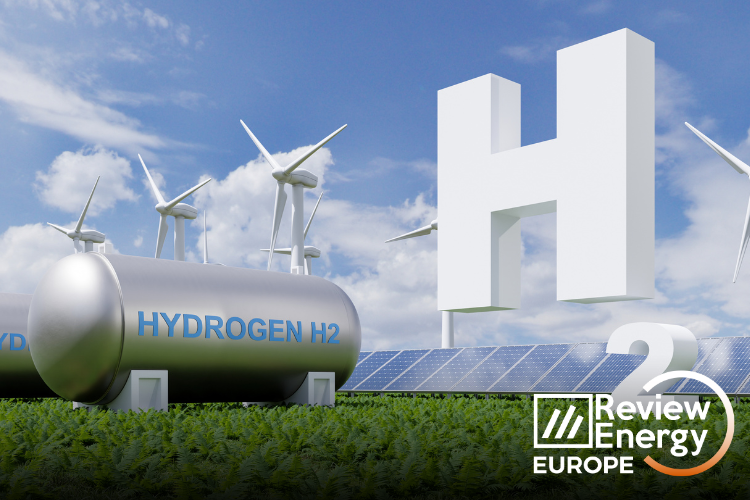
European Commission introduces clean hydrogen market platform
The Commission is advancing the European hydrogen market by initiating a pilot mechanism. This new instrument, part of the recently adopted decarbonised gases and hydrogen package, aims to speed up investments by providing market transparency for both buyers and suppliers and facilitating their interactions. The mechanism will operate for five years within the European Hydrogen Bank.
How does it work?
The pilot mechanism will gather, process, and provide access to data on the supply and demand for renewable and low-carbon hydrogen and its derivatives, helping European buyers connect with suppliers both within Europe and internationally. It will also track hydrogen flow and price trends. The Commission has started a procurement process to develop an IT platform for this pilot mechanism and aims to finalize a contract by year-end to begin operations by mid-2025.
The pilot hydrogen mechanism is part of the Commission's broader initiative to establish a European Multiproduct Platform for the joint purchase of strategic commodities, potentially including strategic raw materials in the future.
Europe is already constructing its first large-scale electrolysers, and initial off-take agreements have been signed. Enhancing visibility of demand between suppliers and consumers will expedite investment decisions and secure off-take agreements, which is crucial for achieving Green Deal targets, reducing dependency on Russian fossil fuels, and enhancing the competitiveness of European industry.
Renewable Energy Directive
The EU has established a comprehensive regulatory framework to develop a functional hydrogen market by 2030. The Decarbonised Gases and Hydrogen package sets clear market rules, offering legal certainty and long-term visibility for investors throughout the hydrogen value chain. The revised Renewable Energy Directive sets targets for renewable hydrogen in industry and transport sectors, with forthcoming rules to define renewable and low-carbon hydrogen.
The Commission supports hydrogen infrastructure development and investments. The first Union list of Projects of Common and Mutual Interest under the revised TEN-E Regulation includes several hydrogen corridors connecting consumers and producers within the EU and internationally. This list highlights new and repurposed pipelines, large electrolysers, hydrogen storage facilities, and terminals.
European Hydrogen Bank
The European Hydrogen Bank, established by the Commission, aims to boost hydrogen project investments and establish a full hydrogen value chain in Europe. The first domestic auction was successful, with seven projects selected to receive nearly €720 million in financial support from the Innovation Fund. A second domestic auction is planned for the end of this year, along with potential international auctions in collaboration with Member States.
The European hydrogen industry is heavily investing in new projects, with 254 renewable hydrogen projects in the EU—170 operational and 84 under construction, totaling almost 3 GW of capacity. An additional 8 GW of capacity is expected from electrolyser projects selected in the first pilot auction under the European Hydrogen Bank. However, globally, only 4% of announced renewable and low-carbon hydrogen projects have reached final investment decisions, and only 12% of potential clean hydrogen supply by 2030 has secured buyers.
€18 billion investment for hydrogen projects in Europe
Approximately €18 billion has been invested in Europe from various sources to support initial hydrogen production projects, fuel switching, and infrastructure development. The Commission has approved State aid for four Important Projects of Common European Interest (IPCEIs) in the hydrogen value chain, amounting to €18.9 billion, expected to unlock around €27 billion in private investment. These projects will cover the entire clean hydrogen value chain—from production to storage, transmission, distribution, and industrial applications.

.gif)

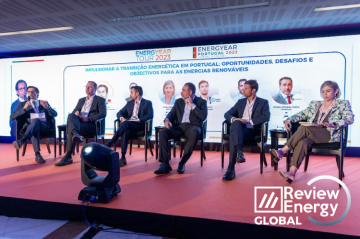
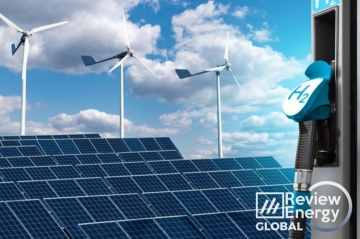
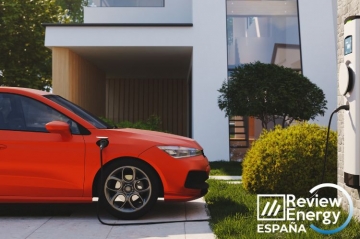

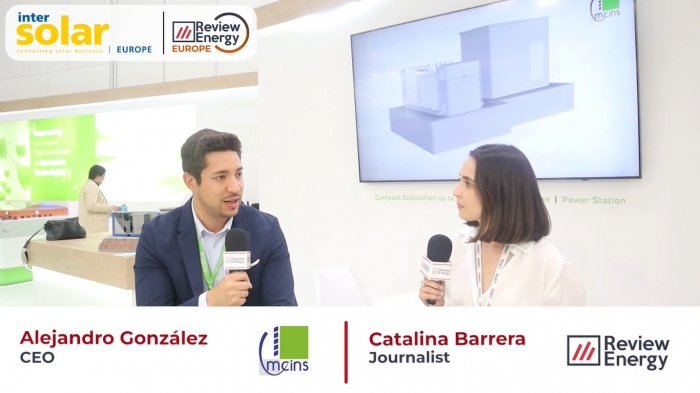

Comentarios
Sé el primero en comentar...